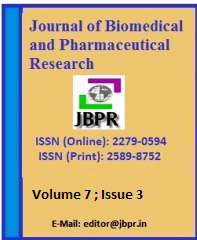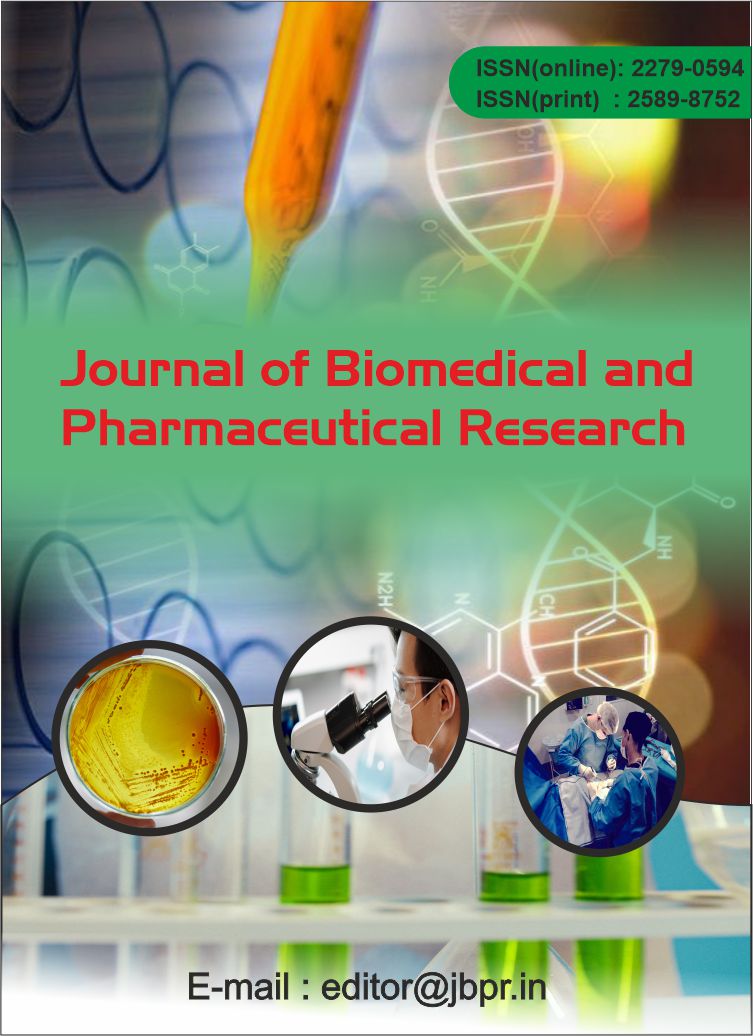Phenotypic and Genotypic Analysis of Multidrug-Resistant Uropathogenic Escherichia coli
Abstract
Background: Escherichia coli (E. coli) is the most common causative agent of urinary tract infections (UTIs), and the emergence of multidrug-resistant (MDR) strains of uropathogenic E. coli (UPEC) has become a significant public health concern. MDR UPEC strains are resistant to multiple classes of antibiotics, leading to treatment failure and increased morbidity.
Aim: This study aims to analyze the phenotypic and genotypic characteristics of MDR UPEC strains isolated from clinical urine samples.
Methods: A cross-sectional study was conducted over 12 months in a tertiary care hospital. A total of 150 clinical isolates of E. coli from UTI patients were collected and tested for antimicrobial susceptibility using disk diffusion method. Genotypic analysis for the presence of resistance genes was performed using polymerase chain reaction (PCR) for common resistance genes, including extended-spectrum beta-lactamases (ESBLs), carbapenemases, and aminoglycoside-modifying enzymes.
Results: Out of 150 isolates, 70% were found to be multidrug-resistant. The majority of MDR strains showed resistance to ampicillin, cephalosporins, and trimethoprim-sulfamethoxazole. PCR analysis revealed the presence of common resistance genes, including blaTEM, blaCTX-M, and aac(3)-II. High prevalence of ESBL-producing strains was also noted.
Conclusion: The study highlights the significant prevalence of MDR UPEC in UTI patients, with resistance linked to specific genotypic markers. This underscores the importance of molecular surveillance and the need for alternative therapeutic strategies.
Keywords: Multidrug-resistant, Uropathogenic Escherichia coli, phenotypic analysis, genotypic analysis, resistance genes, urinary tract infections.
![]() Journal of Biomedical and Pharmaceutical Research by Articles is licensed under a Creative Commons Attribution 4.0 International License.
Journal of Biomedical and Pharmaceutical Research by Articles is licensed under a Creative Commons Attribution 4.0 International License.





